Easy on the Eyes—and Your Wallet
Plane and Pilot
JUNE 26, 2025
Featuring a Jabiru 3300 120 hp, 6-cylinder, air-cooled engine, the aircraft was built to accommodate a 1,675 pound gross weight. When MOSAIC comes into effect, you can bring it to a service center, and we will write a new certificate of airworthiness and weight and balance. But the J-230D still packs an impressive punch.


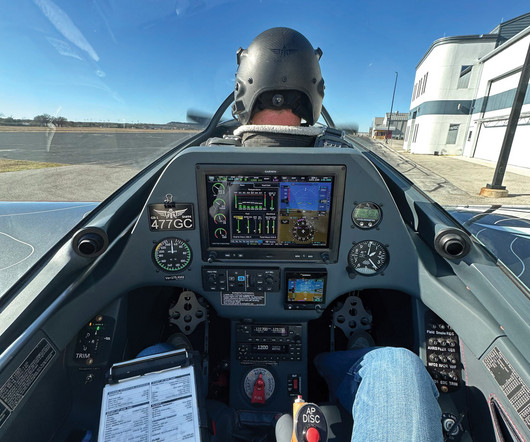
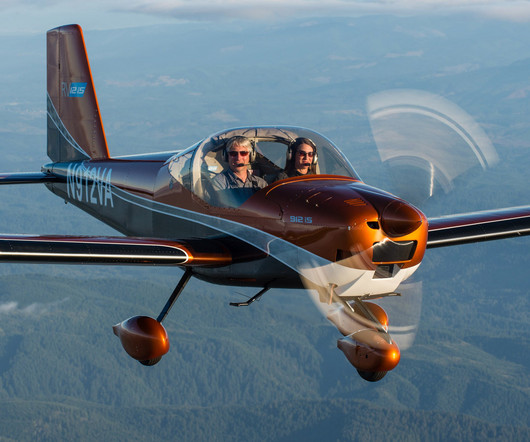

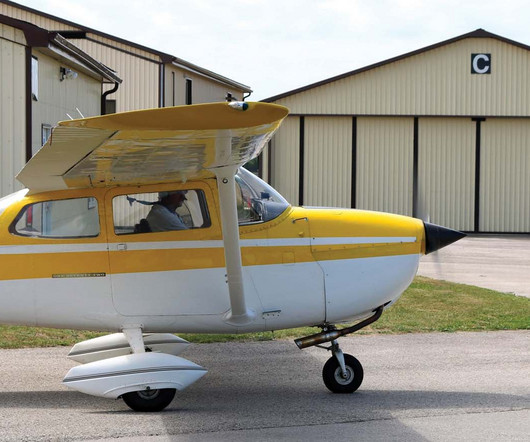

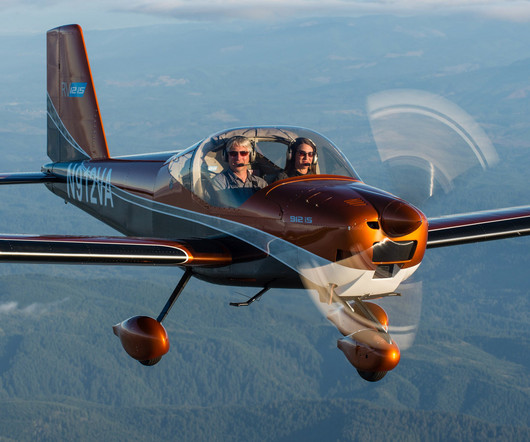




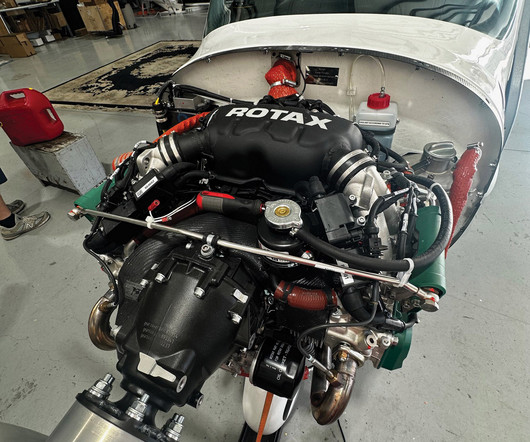

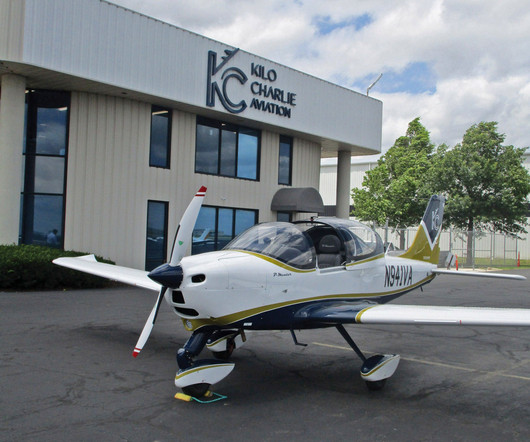






Let's personalize your content